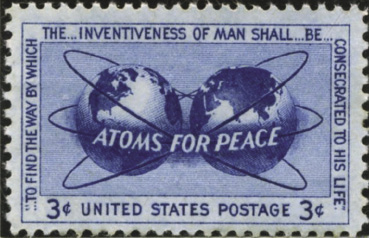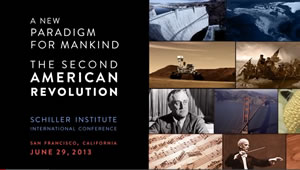 |
NEW WEBSITE: FORUM FOR A NEW PARADIGM
Plentiful Food: The Principle of Development
by Marcia Merry Baker
June 2013
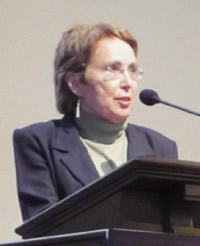
EIRNS/Daniel Platt
Marica Merry Baker.
|
[This article in PDF format, from EIR]
Let’s begin with a snapshot of the world and national food crisis, by putting it all together on a per-person basis: the volume of grain output since the Second World War (Figure 1).
We were going upward in the volume of grain produced per-person in the world, from after the war, until about 1980-1985. We went from a miserable quarter-ton maybe, to up to maybe 720 pounds, which isn’t much per person. It would fit in the back of a small pickup truck. But it was on the rise. But then it went down. From the 1980s to now, total world grains per person has gone up and down, and in net, it is going down.
Apart from those in the 1930s who survived on cornmeal three times a day, you need grain too, for livestock, for meat animals—it’s all going in reverse. The number of cattle in the United States is now where it was back in 1952; the same process is taking place elsewhere.
FIGURE 1
World Grain Production per Person 1950-2012
Source: World Watch, USDA, Earth Policy Institute |
FIGURE 2
World Hunger
FAO |
Let’s look at the geography of the world food situation: You know that due to what was described by Helga Zepp-LaRouche2 as the criminal system in the world: Who eats and who doesn’t is decided by cartels, a system which was called by Pope John Paul II, “the structures of sin.”
The darkest places on this map (Figure 2) from the Food and Agriculture Organization (FAO), are the places of worst hunger and worst deprivation. You see Africa, but parts of the Americas, Haiti, Central America, and in Asia.
In addition, you hear, if there’s maybe an earthquake somewhere, we send some food. We should! But on a tonnage basis, internationally, the volume of food aid right now—it’s nothing. It’s maybe a third what it was in the 1990s, which was inadequate. So we’re not responding and we don’t have it.
That’s the snapshot. Now, set that aside, but keep it in mind.
LaRouche: Give Us This Day, Our Daily Bread
It was 25 years and two months ago that Helga Zepp-LaRouche and Lyndon LaRouche founded the Schiller Institute Food for Peace effort. It took place in Chicago, in September 1988; several people in the room were there. It was occasioned by a terrible drought in the Midwest; the corn shriveled up. But that wasn’t the point.
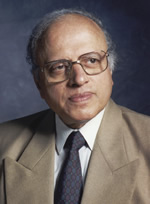
Prof. M.S. Swaminathan |
The effort of the Schiller Institute then, was to prevent what you’ve heard described now, the crisis we’re in today. And that’s what brought diplomats and farmers together. And there was an emergency meeting, a second meeting in Chicago, in December 1988, at which Lyndon LaRouche came to speak, and it would end up being only a few weeks before he was wrongfully jailed. But he spoke then, and the title of his presentation was, “Give Us This Day Our Daily Bread.”
He spoke about the biosphere. He spoke about nuclear power, and the collaboration we must have between East and West. And he said, you must put a higher order into the biosphere, as a matter of course in history. You can’t turn back the clock, or it’s doom.
The question he posed was, “Who will answer this prayer?” And that’s what brings us here today.
Now, let me speak of how the enemy answers the world food crisis that we have, and by that, I mean, the enemy that created this crisis. We turn to the fact that we’re parched out here in the West; or that there isn’t enough food; and they say, “Too bad. It’s ‘peak population.’ ”
They say we’ve reached the end of the line with fertilizer, water, and land. There isn’t any more left. You hear it all the time, but the Group of Eight had a pre-meeting in London earlier this month, and a parliamentary commission said, here’s what you should do, given the world food crisis: “Eat less meat; it will share the scarcity.” They said, “Have more population birth control, it will improve the ratio.” Prime Minister Cameron was there. Bill Gates was there.
The nail in the coffin is the idea that we should take food and burn it, in the midst of this scarcity. Even if you thought you were Green: Are people going to die? That’s what’s happening: The nail in the coffin is to burn food for fuel! The scale of this, is we’re burning over 10% of the world’s corn for fuel, because it’s 40% of the U.S. corn now going for fuel. Also, a big percentage of the cane in Brazil is going for ethanol. A big percentage of oilseeds and soy from Africa is going into diesel, which is flowing into Europe, for biodiesel. So this is a death sentence.
You can quantify it, of course: If you’re impoverishing the world, the World Health Organization figures that for every million people who are pushed into poverty, at least—this sounds low, but don’t get confused—6,000 are absolutely guaranteed to die of undernourishment, disease, and infection. And so, we’re killing about a quarter-million people a year directly, because of the impoverishment of suppressing agriculture and general economic activity, for this false, quack, pseudo-scientific reason that we’re supposed to quit over-heating the Earth.
Leave that aside, again.
The Principle of Development
Let’s go to the principle of development, and I want to take an example that’s less often used, but it’s a good one; it’s from Abraham Lincoln’s economist, Henry Carey. Carey wrote reams against the British East India Company system. In 1847, he wrote a book called The Past, the Present, and the Future. And in particular, he stated the development principle that mankind’s discovery allows him to solve the paradox, that natural resources are man-made. That’s the way it is. And the particular man he refuted was a character, a stock-jobber, a day-trader named David Ricardo, who said, mankind always goes into the best land and best water, then uses it up, and then has to die off.
Not so, in principle, said Henry Carey, and not so in practice. And he describes, in The Past, the Present, and the Future, how, looking at the Eastern Seaboard settlements going westward: They run into the Ridge-and-Valley region—that’s the Appalachians and the Blue Ridge Mountains in Virginia, and so forth. The high part of the Ridges, said Carey, is where the scrubbiest trees, the patchy brush is found. So you can take a saw and it’s easy to cut it down, and that’s where the first settlements occur.
Which is true. Those are the homesteads. And when people moved there, put in a crop, did okay, developed things, became human, then they would have the power to go down to the rich bottomland, where the heavy trees are, and where they needed to use the axe to fell the timber, and then they could drain the swamps and create new resources—land and water.
So carry that through: You had the saw, the axe, then the bulldozer; we could go to the fusion torch—there is no end to development. So, carry that through now, to where we get today. Fortunately, there were institutional expressions of this. Abraham Lincoln’s creation of the Department of Agriculture and Land Grant system; then in 1902, relevant to where we are today, the 17 westernmost states, many of which are dry, not all, were focussed on by the Bureau of Reclamation, as the English usage called it then—“reclaiming land” meant irrigation, so, Bureau of Reclamation.
And they carried through up to the famous Franklin Delano Roosevelt period of big projects. I think you have an image of those.
FIGURE 3
California Water Plan
California Department of Water Resources, 1994 |
FIGURE 4
North American Water and Power Alliance (NAWAPA)
Parsons Company (1960s) |
But what we want to fast-forward to, is, after the 1950s, and after the Second World War, there was a fabulous potential upthrust of the productive platform of the United States, and the world.
Let’s look at three areas: land and water, together; power, and science. And right here, in 1957, began the official launching of the California Water Plan (Figure 3). Here’s a snapshot of it from the 1990s; don’t worry about analyzing it, that’s not the point. The concept was, take the whole state; and the dark arrow vectors you see are to move water from where it’s plentiful in the north, to where it’s needed in the dry south; so that’s the disaggregated regions of California, and the relative amounts of water flow that go between them.
But, the 1950s head of hydrology in California knew that if you built this, in 30 to 50 years, it would not be sufficient, and this was a fabulous, comprehensive plan. So they instigated what became the North American Water and Power Alliance, which you see here in a 1960s map (Figure 4), from the Parsons Engineering firm in Anaheim. This was brought before Congress. President Kennedy and his brother Robert supported it.
And what went along with this, in a very quick, snapshot way, is: In 1957, the same year, the first commercial nuclear power plant opened in the United States, in Shippingsport, western Pennsylvania. And the presumption was, you would go out and improve the environment this way; up to 200 nuclear plant orders and sites were conceived of.
FIGURE 5
Space Agriculture
NASA |
FIGURE 6
M.S. Swaminathan
Indian Prime Minister Indira Gandhi releasing a “Wheat Revolution”postage stamp, at the Indian Agricultural Research Institute, New Delhi, July 1968 |
And thirdly, during the same 1950s time period was the terrific analysis of science to improve plant life, even the anticipation of improving photosynthesis. And you heard about the Green Revolution: Another inducement of this, was the vision of going to the Moon and into space (Figure 5). So space agriculture research was done to look at the way you could have confined agriculture with a lot of power, with water where you wanted; in fact, you would even have soil-less agriculture!
Then, [Indian Prime Minister] Indira Gandhi stood up, when the World Bank said you can’t do it, and she said, no. She issued a postage stamp (in 1968, on the Wheat Revolution), she planted the new genetically improved wheat in her front yard (Figure 6).
But all of this was thwarted. In particular, the North American Water and Power Alliance was shelved. We only built 104 nuclear plants—only 15 or 16 are west of the Mississippi. But one of the worst things is, it was this time period, when there was the patenting of research itself, in terms of seeds and means to life. The 1970 Plant Variety Act, that took place. And then it gave rise, through court decisions, to allow an improved seed, through biotechnology and genetic engineering, to be patented, as if it were a better wheelbarrow or a better mousetrap. And this put a tight lid on everything.
The Well Is Dry, the Bins Are Empty
So, in fact, we’ve stayed in the same mode for 40 years. We haven’t had new developments; we’ve depleted the groundwater, because if you don’t have increased surface water, that’s what happens—which, in brief, is what this map shows (Figure 7).
The intention was, to go to the northwestern-most part of the continent, where you have Alaska and the Yukon, divert merely 11% of the runoff there, collect it in reservoirs, divert it down through British Columbia. It’s going to come in around the Idaho-Montana area; then, through power to lift it up there, it can gravity-flow, and otherwise be pumped up into different key points, and bring additional water, sometimes up to twice as much surface water, down to the dry Southwestern areas.
FIGURE 7
Groundwater Depletion 1900-2008
Source: U.S. Geological Survey, Groundwater Depletion in the United States (1900-2008)
by Leonard F. Konikow, 2013 |
FIGURE 8
North American Drought Monitor
Source: NOAA, USDA, CONAGUA, Environment Canada, et al. |
FIGURE 9
High Plains: Ogallala Aquifer
Source: World Watch, USDA, Earth Policy Institute |
FIGURE 10
Percent of National Food Output
EIRNS/Robert L. Baker, June, 2013; Bureau of Reclamation base map |
And this plan, with some 369 projects, is the realistic plan. Without it—you can picture in your mind what happened—we are completely vulnerable whenever some episode of drought occurs; and of course, drought can take place due to much larger solar or galactic cycles and reactions. But the wells are running dry, the surface water isn’t there, so what happens (Figure 8)?
Now, if you picture the 17 Western states—and we continue now to where we are: That’s a map of some of the 40 aquifers (Figure 7); look at the big red part in the great High Plains; as you go farther southward and it gets more red: That’s the tremendous depletion of the High Plains Ogallala Aquifer system, down into Texas, Oklahoma, and southeastern Colorado, where you have dust-bowl formations of huge dust storms, even on a mini-version, like you have now in Central Valley California.
And if we keep going to where we are now—that’s the drought, and we’re here, amidst it (Figure 9). And we can continue farther along; that’s the Ogallala Aquifer on the right-hand side, blown up, because, instead of looking to the irrigation on the lower left, you see what you have on the right.
We’ll continue to the 17 states in the West. And here is the percentage of the national food output that was centralized here, thanks to the projects which are 50 years old (Figure 10). Look at Texas: 45% of the cattle of the nation are in the seven High Plains states; 65% of the wheat in the nation, not including California, comes from the High Plains states. And 50% of the hay, of course; it goes with the cattle and dairy.
Now, come back here to California: 45% of the nation’s milk comes from the 17 Reclamation states—20% here in California, and the number of dairy cows is going down, everything is at stake, and everything is threatened.
The bins are empty, the well is dry, the lake is low to nothing. And so, this is the NAWAPA XXI program that we’re circulating today (Figure 11); this is at one with reinstituting Glass-Steagall, including building up nuclear, not taking it down, like San Onofre and elsewhere.
And the final image (Figures 12a and 12b summarizes what I said: Norman Rockwell painted FDR’s “Freedom from Want.” And Eisenhower’s Atoms for Peace was the 1950s: This is what Glass-Steagall embodies, is the gateway to.
And in fact, the emergency measures we need should be ringing in your mind: Ban biofuels! Put a floor price under those corn and soy growers, overnight, a parity price to keep their situation stable. That’s our food supply! Do the same for every sector: Get the dairy sector out here in California, and everywhere here and abroad, a price that’s stable. That is security.
We can do this! We can bust up the cartels. We can end the Monsanto seed control of science, its controlling the means to life.
We can answer the prayer.

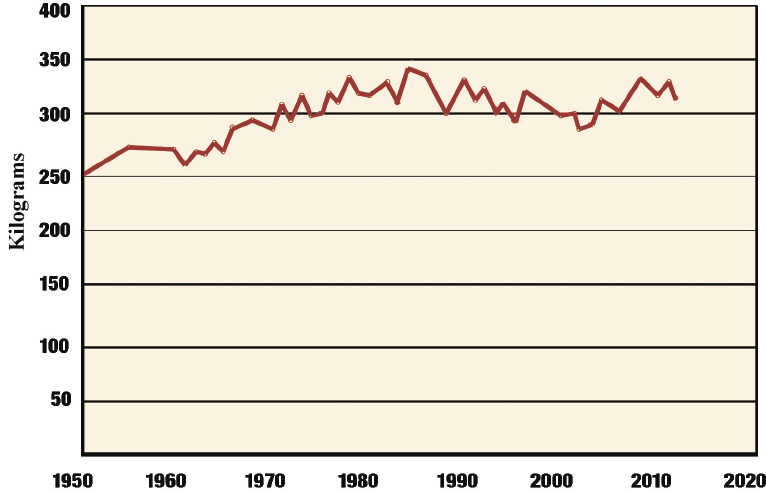 View full size
View full size 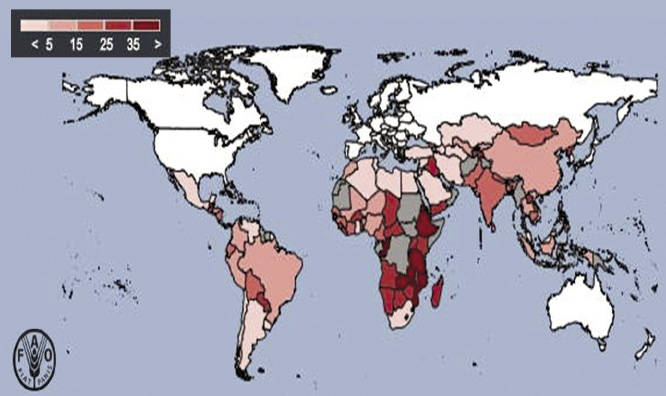 View full size
View full size 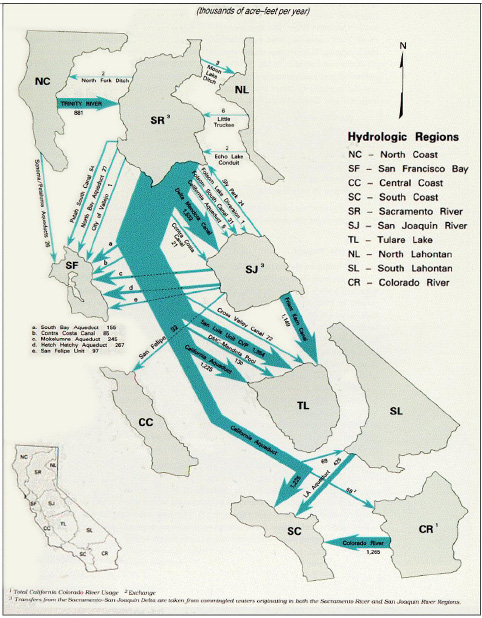 View full size
View full size 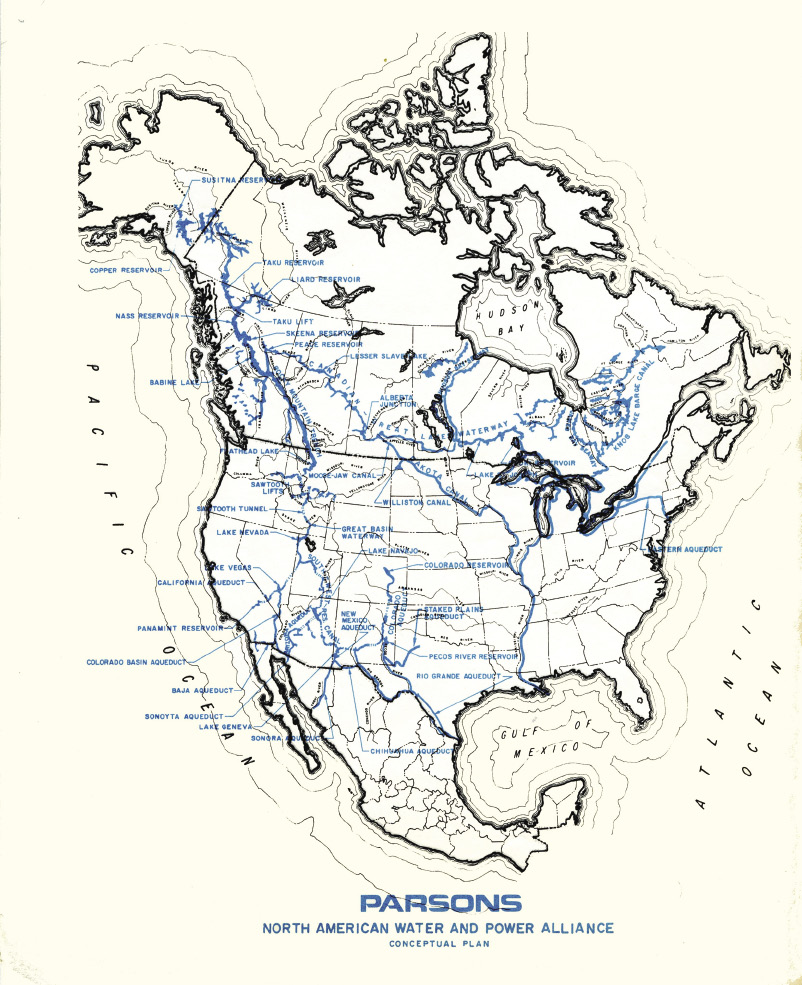 View full size
View full size  View full size
View full size 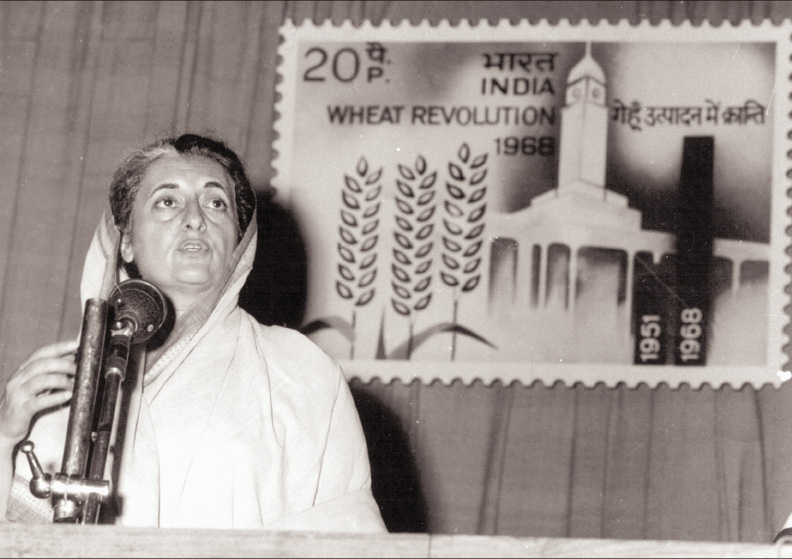 View full size
View full size 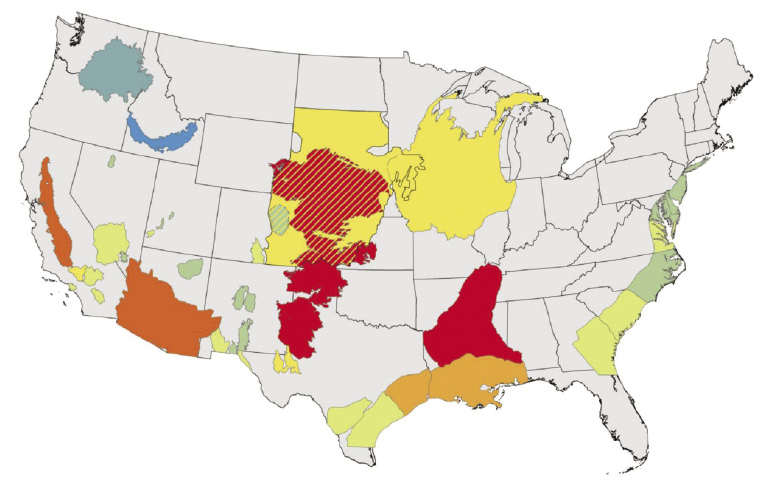 View full size
View full size 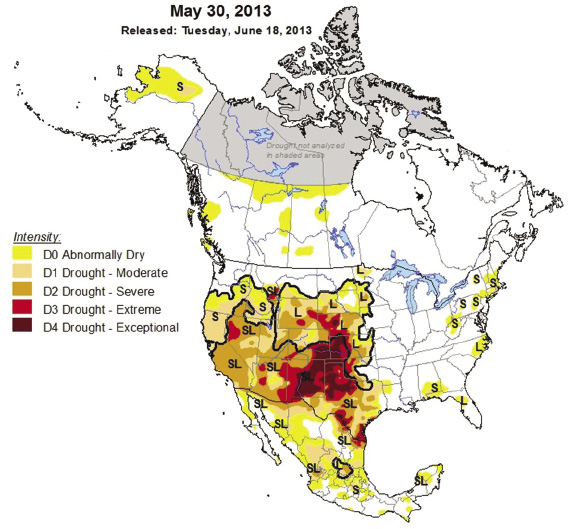 View full size
View full size  View full size
View full size 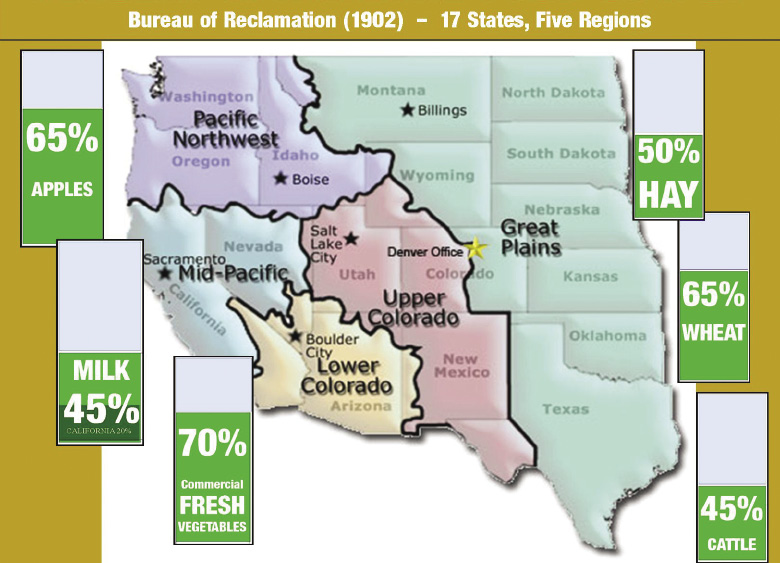 View full size
View full size  View full size
View full size  View full size
View full size 